F-15EX Underwent Missile Test Earlier This Year – The Boeing F-15EX Eagle II has been touted as a “ready-now” replacement for the F-15C. It features next-generation technologies that provide improved survivability, and earlier this year, tests were conducted on its standoff weapons capabilities. The Air Force Operational Test and Evaluation Center (AFOTEC) announced that its Detachment 6 team members had recently analyzed two of the first development and operational test missile shots for the Eagle II.
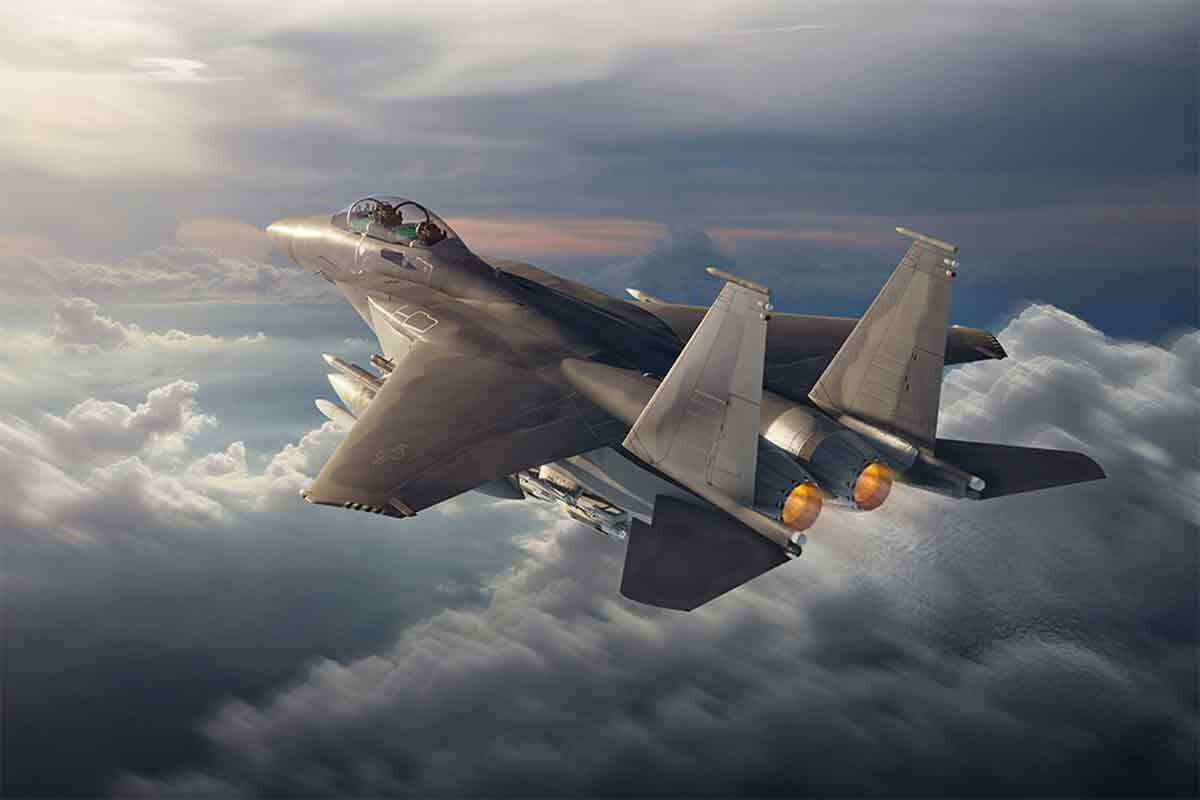
F-15 X (Image: Boeing)
F-15EX Matters
According to the Air Force Command, engineers and analysts from the AFOTEC Detachment 6 F-15 division traveled to Eglin Air Force Base (AFB) and Tyndall AFB, both in Florida, to draw results from the AIM-120D and AIM-120C3 missile shots that had been performed as part of the Weapons System Evaluation Program (WSEP) conducted by Eglin’s 53rd Wing. These missile shots, which were conducted Jan. 25, showed how the F-15 EX could be employed in theater and provided the context needed for Detachment 6 to verify its combat capability.
“One of the main takeaways from these live fire shots is the jet can clearly function as a long-range, standoff weapons system,” said Capt. Max Denbin, the team’s lead test engineer. “The F-15EX can shoot from a significantly increased range – farther than any other fighter in the U.S. Air Force arsenal – and provides the unique capability of holding 12 AMRAAMs or other large ordinance.”
The long-range, standoff capability is a fundamental pillar of ensuring U.S. power projection on a global scale, the Air Force added.
“As adversaries continue to develop combat capability, the weapons systems with standoff capability, like the EX, are going to be critical in maintaining a tactical advantage,” Denbin continued.
The data gathered from the WSEPs shots will also allow Detachment 6 analysts and engineers to determine how exactly the F-15EX performs as part of a force package with fifth-generation fighters.
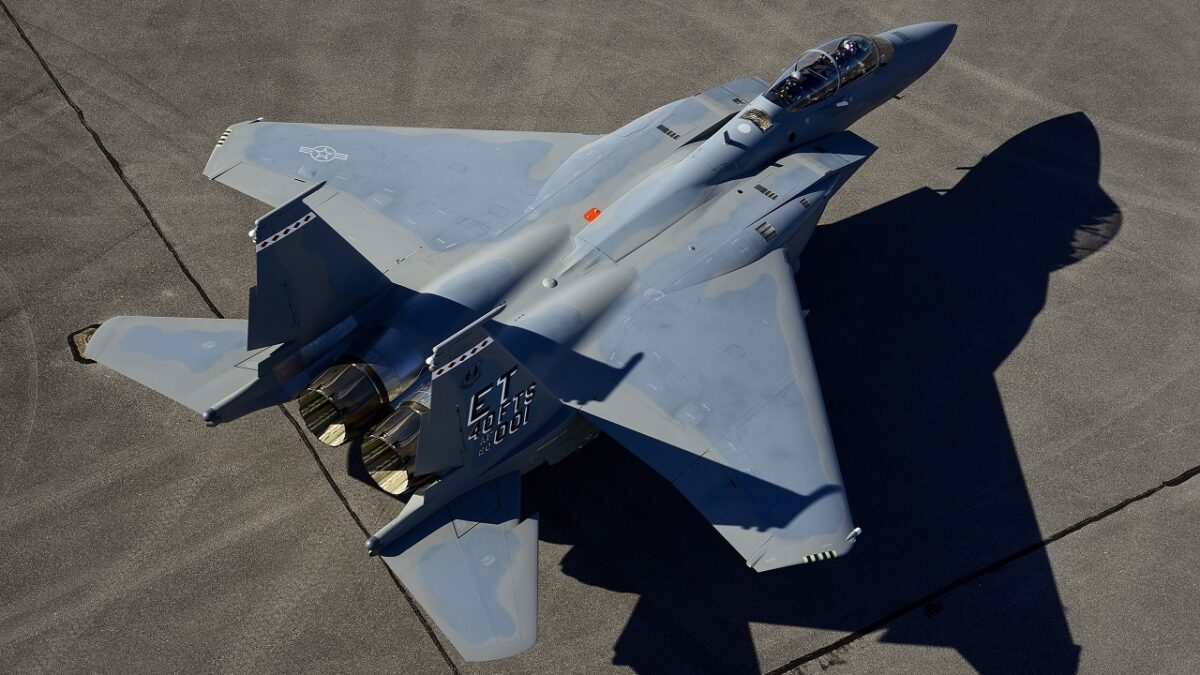
The F-15EX, the Air Force’s newest fighter aircraft, arrives to Eglin Air Force Base, Florida March 11. The aircraft will be the first Air Force aircraft to be tested and fielded from beginning to end through combined developmental and operational tests. The 40th Flight Test Squadron and the 85th Test and Evaluation Squadron personnel are responsible for testing the aircraft. (U.S. Air Force photo/1st Lt. Karissa Rodriguez)
“Analyzing data elements is always important,” explained 1st Lt. Hagan Strader, lead analyst. “As an operational test organization, we’re focused on communicating exactly what pilots can expect from the EX when it’s time to fight. Even at the unclassified level, the new capabilities that the F-15 EX offers push it squarely into the future of combat. This is a platform that can work with penetrating assets in a network-enabled battlespace with the potential to cause significant problems for our adversaries.”
WSEP and other dedicated F-15E and F-15EX missions further provided key insights on the performance of the Eagle Passive Active Warning Survivability System (EPAWSS), which provides both the F-15E and F-15EX with fully integrated radar warning as well as advanced jamming and countermeasure employment capability in highly contested environments, according to EPAWSS manufacturer BAE Systems. BAE Systems also highlighted that EPAWSS provides pilots and battle managers with “maximum situational awareness by collecting and processing electromagnetic energy, instantaneously creating a comprehensive, 360-degree picture of the battlespace.”
The Upgraded Eagle II
Though still a fourth-generation fighter, the F-15EX is loaded with newly adapted technologies while the platform was designed to be further upgradeable, which could make it a viable, lethal, high-threat environment-capable attack platform for years to come. The aircraft was developed to feature capabilities that are completely unique to the United States Air Force. The Eagle II offers fly-by-wire flight controls, new weapons stations, a new electronic warfare suite, advanced radar and computer, conformal fuel tanks, and a strengthened airframe.
The EX variant was developed with an improved deep magazine that could allow it to carry a load of advanced weapons – with a 28 percent larger payload than the F-15E – yet the fighter would require only minimal transitional training and little additional manpower from the older versions of the F-15. According to the Air Force, it will require little to no infrastructure changes. The service has also estimated that F-15EX fighters share about 70 percent of parts with the current F-15Cs and F-15Es that they could replace. Not only are the original production lines in St. Louis still in place, but the training facilities, maintenance depots, and other infrastructure could also be readily shifted to F-15EX support.
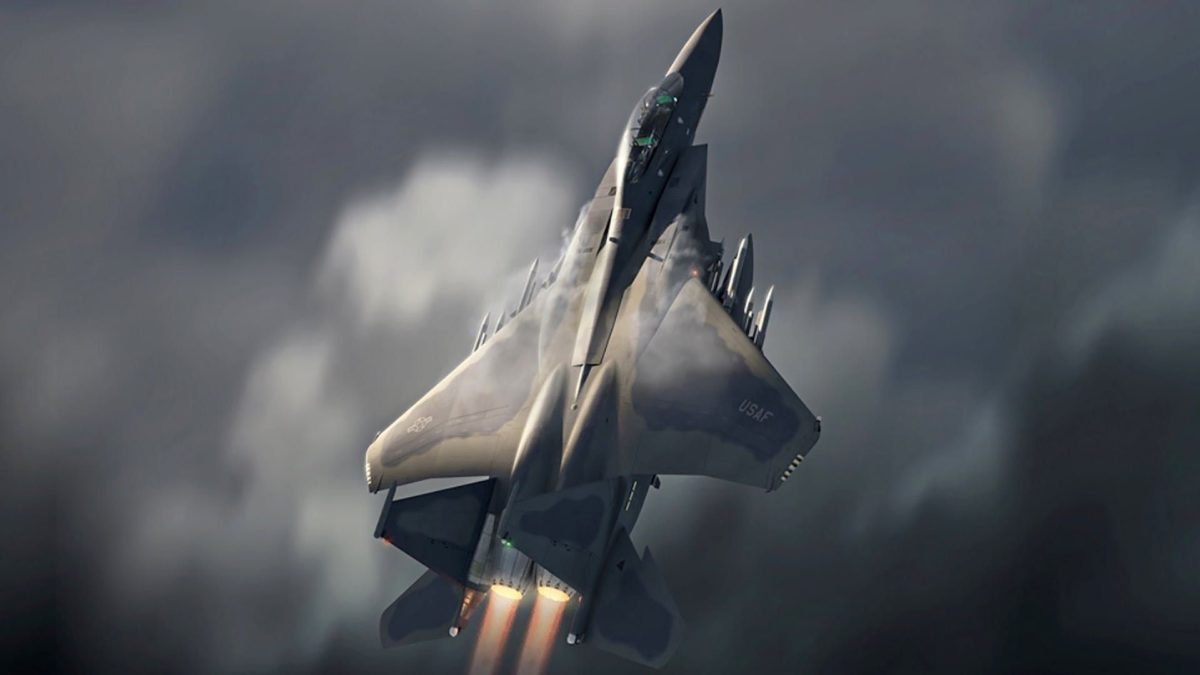
Boeing F-15EX. Image: Boeing artist rendition.
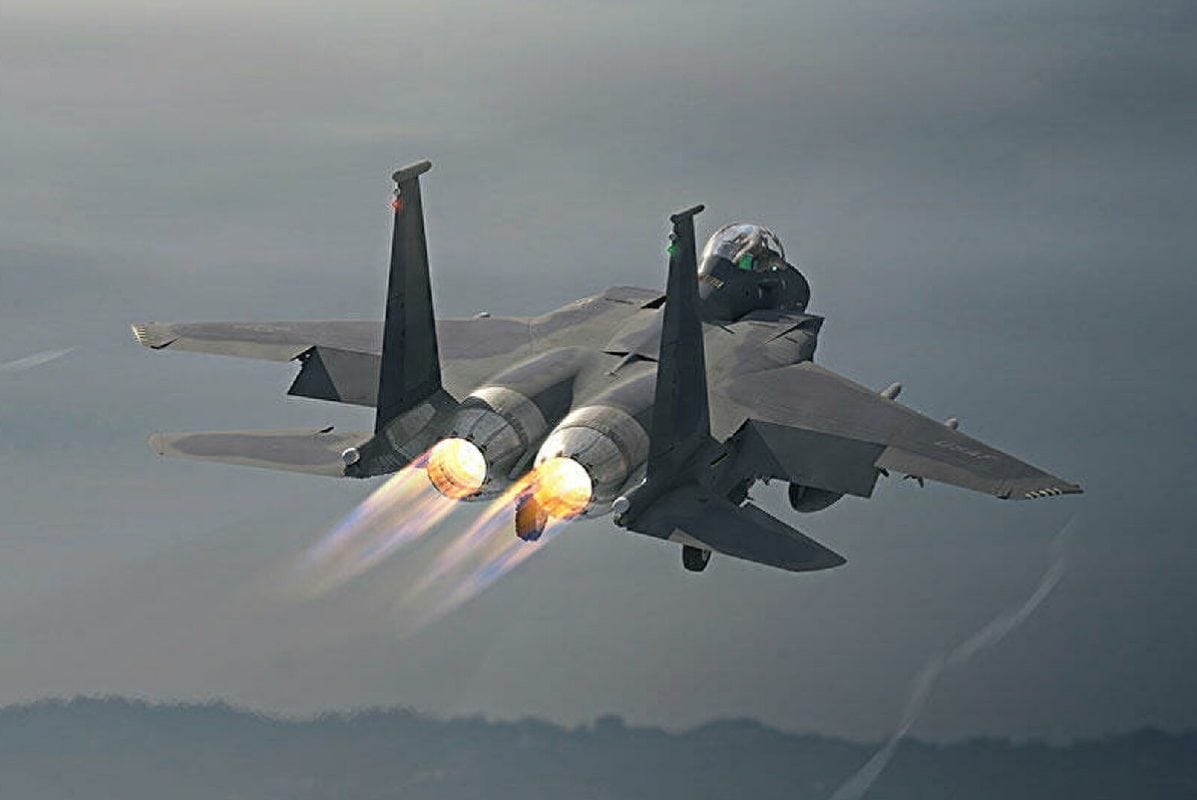
Boeing F-15EX. Artist Image from Boeing.
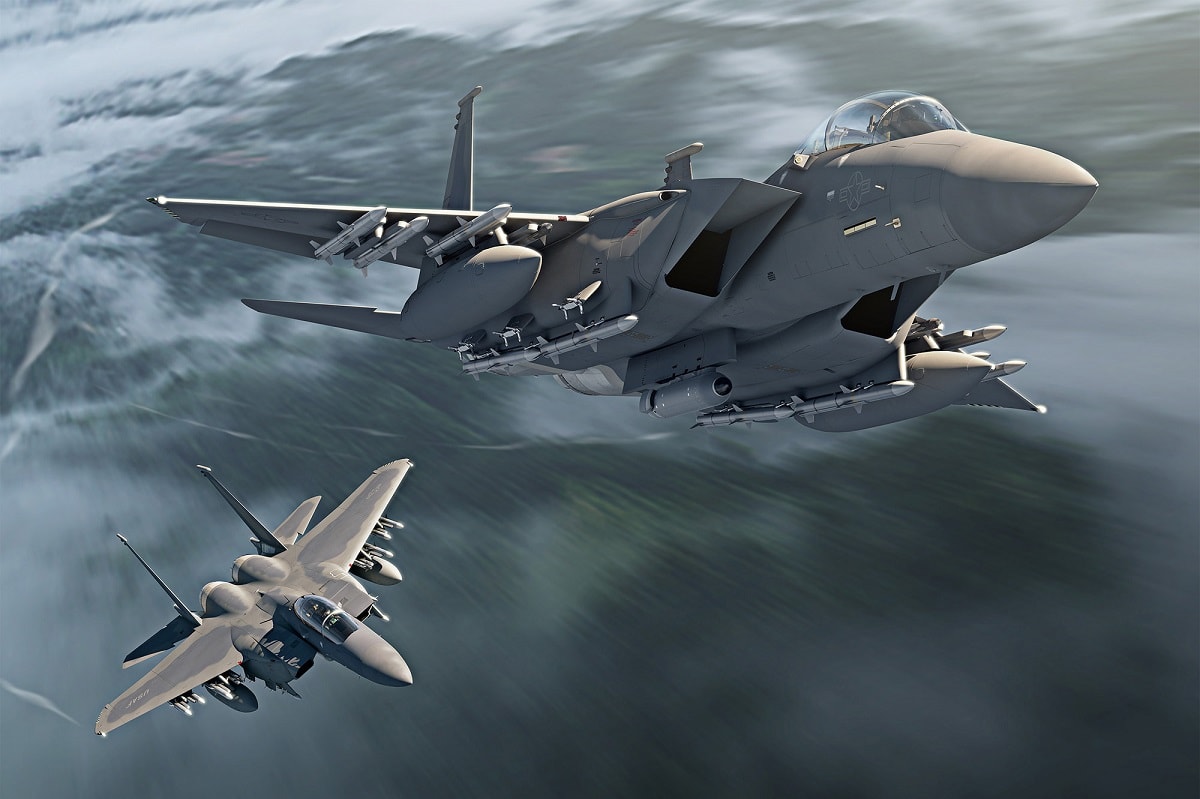
Two Boeing F-15EX fighters armed with air-to-air missiles. Image Credit: Boeing.
Boeing has also said that despite inflation concerns, it intends to keep its next two lots of the F-15EXs at, or below, the company’s original $80 million per unit price point. That news came as the U.S. Air Force announced that it would cut the F-15EX program of record from 144 to just 80 aircraft.
A Senior Editor for 1945, Peter Suciu is a Michigan-based writer who has contributed to more than four dozen magazines, newspapers and websites. He regularly writes about military hardware, firearms history, cybersecurity and international affairs. Peter is also a Contributing Writer for Forbes. You can follow him on Twitter: @PeterSuciu.

